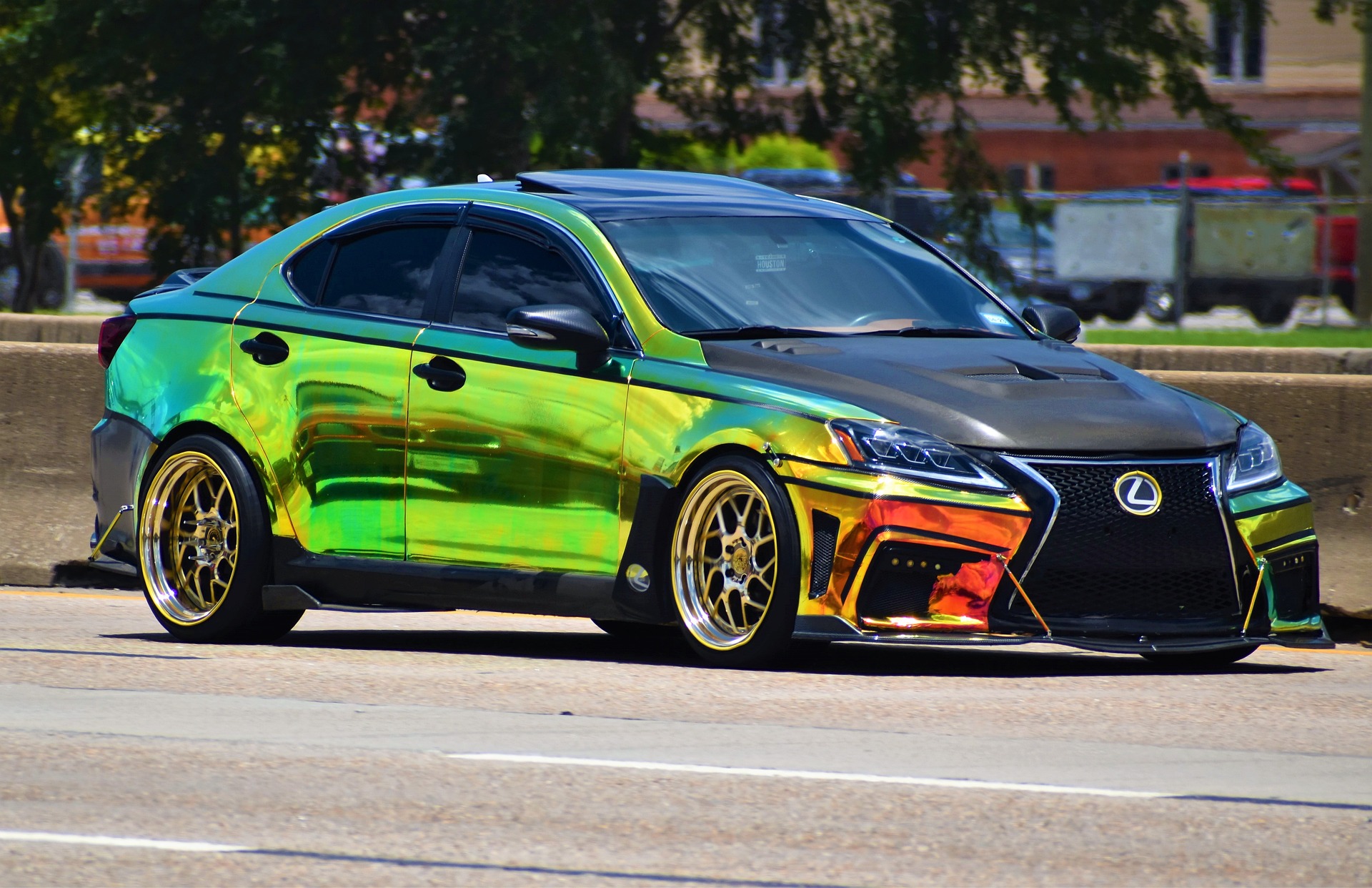
Modding is a great way to truly make a car your own, and some people even buy a vehicle just to modify it as much as possible. Mods can make a vehicle look unique, overcome the stock vehicle’s shortcomings, and drastically increase performance. However, some car modifications come with major downsides.
Improperly installed mods, or mods that go a bit too far, can make your custom car a lot worse or may even break it completely. Then there are mods that fall foul of the law and can land you a ticket, void your warranty, or cause your car to fail its annual inspection.
Here are four relatively common vehicle mods that we don’t believe are worth the effort. You’re better off swerving the things on this list, and splashing out on a bit of trim if you’re aesthetically minded, or something like an engine remap if you’re all about performance.

Oversized wheels
Big rims stand out, and it’s easy to understand why people get them on their vehicles. However, if you go too big you’re going to have problems. Many vehicles come with a range of options when it comes to wheels. Usually, you can opt to go a couple of sizes up if you pay a little extra — but the sizes stay within reason. Say a vehicle has 18” wheels as standard; there may be a 21” option available.
Going beyond the options the manufacturer makes available is usually a bad idea. For a start, any change in wheels will make the speedometer inaccurate, so you’ll have to have it recalibrated. Bigger wheels also put more strain on parts like the powertrain and brakes — which means you’ll be in for an expensive repair bill sooner or later. They also effectively gear the car up, so acceleration might be noticeably impacted. Yes, they look good, but the negatives may outweigh the aesthetics after a certain point.

A heavy window tint
A heavy window tint is actually pretty practical. It can reduce the chances of the sun impacting a driver’s sight, and can keep passengers who don’t want to be seen out of view. Unfortunately, it’s also a legal minefield in the United States.
Various tint-related laws are on the books, and these vary from state to state. Some relate to the darkness of tint allowed, while others outline exactly what windows can and can’t be tinted. Tints are also very easy to spot, so if you do break or come close to breaking the law, you’re an easy target for any cops you drive past. Even if your tint is legal in your home state, it may mean you can’t drive through the state next door without problems. As a result, we can only recommend you swerve this kind of mod altogether.

A modified exhaust
Exhaust mods are pretty common, and they’re also illegal in several states. While you’re unlikely to get pulled over for an illegal exhaust, your vehicle will fail inspection in states like New York and California if it has an aftermarket exhaust.
You’re facing two issues if you opt to swap out your exhaust system or muffler. The first is related to emissions. In an attempt to limit the damage our vehicles do to the planet, various laws are in force limiting what can come out of your car’s tailpipe. If your new exhaust doesn’t meet those standards, your car can’t legally be on the road.
Then there’s noise. Several states have passed laws limiting the amount of noise an exhaust system can produce. As you may have noticed, many exhaust mods only exist to make a vehicle as loud as possible. If your new exhaust’s decibel level creeps over the state limit, then your car suddenly becomes illegal.
Even if aftermarket exhausts are legal in your state, they’re unlikely to be consequence free. Exhaust mods are often one of the things that can void a manufacturer’s warranty, and you may be left on the hook for repair bills you could have otherwise avoided.

Messing with the suspension
This is more common with trucks and SUVs, but many car owners opt to lift or lower their vehicles for various reasons. Some people like the aesthetics, some lower the vehicle for improved stability in the corners, and others lift the vehicle in an attempt to boost offroad performance.
Unfortunately, unless you really know what you’re doing, this is a great way to absolutely ruin your vehicle. Even raising the vehicle by a couple of inches can drastically affect its handling and stability. Plus, it’s a car, so any benefits when it comes to road hazards and offroading aren’t likely to outweigh the catastrophic impact it has on the vehicle’s general usage.
Lowering your car can increase your risk of damaging your vehicle when traveling up and down a ramp, hitting a pothole, or climbing a kerb. You could easily damage your car’s trim, exhaust, or oil pan due with this unnecessary mod.
Modifying your vehicle’s ride height can also lead to wheel alignment issues. Wheel alignment is one of those things you can’t really fix yourself as getting it spot on requires tens of thousands of dollars worth of specialist equipment. Wheel alignment problems can lead to uneven tire wear, tracking issues, and the vehicle seemingly attempting to shake itself apart if you drive faster than 50 mph.



